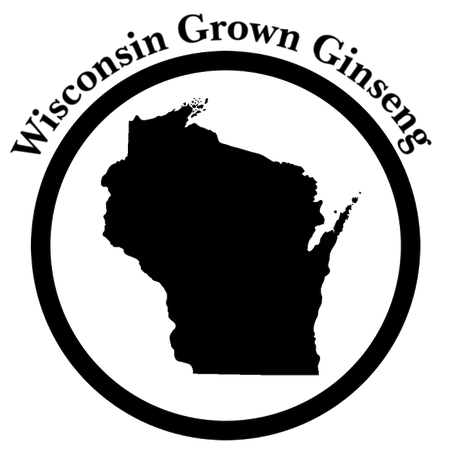During the summer, the ginseng plant grows berries which start green and eventually ripen to a beautiful bright red. During late August to early September, the ginseng berries are harvested by hand so that the seeds can be stratified over the winter for the next planting season.
American ginseng seeds require cold stratification before they are able to germinate. Cold stratification is the process of exposing the seeds to cold and moist winter conditions. This softens the seed coating and triggers the seed's embryo to grow. Since ginseng seeds are typically sold after they have already been stratified, it is important to get them into the ground before the end of the planting season in the same year that the seeds are purchased. Stratified seeds will begin to germinate whether or not they are planted. The seeds cannot be stored and planted during the following season.
On our farm, we stratify out seeds in large cement boxes which are buried in the ground and filled with a mixture of seeds and sand. These boxes are then covered in a layer of sand and a wire mesh to keep out any critters who may want to munch on the seeds. The frigid temperatures and thick Wisconsin snow provide the perfect environment for stratification.
During the summer of the following year, the seed boxes are emptied and the seeds are then washed with high pressure water over a wire screen. The high pressure water washes away the sand while also removing non-viable seeds which are lighter than the viable seeds and float to the surface of the water. The resulting seeds have a germination rate of about 80% or more when planted in the right conditions.



